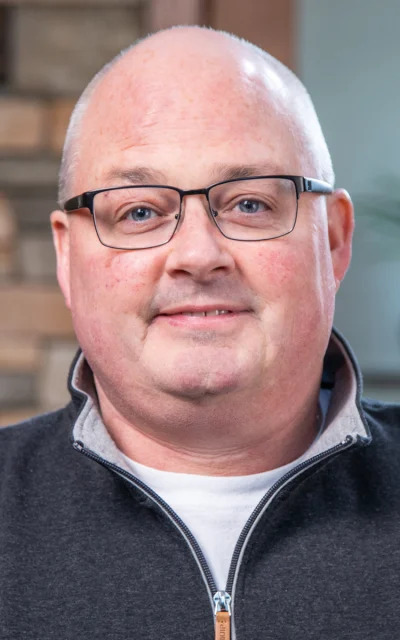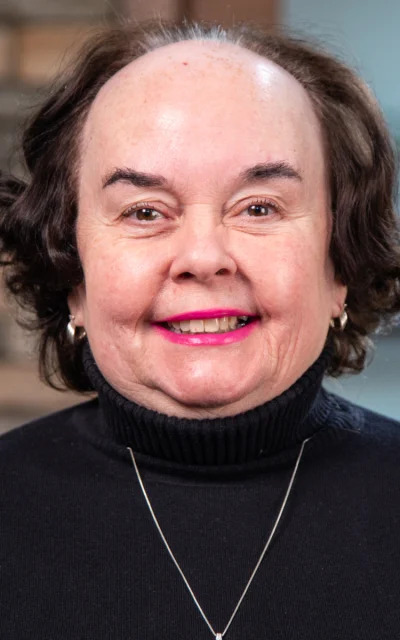Teeth stimulate the jaw bone by chewing, which keeps the jaw bone healthy and sturdy. If a tooth has been missing for a while, there hasn’t been anything in its place to stimulate the jaw bone. This can cause the bone in this area to atrophy and can result in a weaker jaw. Bone can also be lost due to periodontal disease. Atrophy can also cause facial features to sag, which results in a more aged appearance. It can also complicate future treatment to replace other missing teeth.
A bone graft makes it possible for bone to be built up again and restore oral health and appearance. Your oral surgeon will make an incision in your gum to gain access to the bone underneath. Grafting material is added, which can come from your own body, a donor, or even synthetic material. Over the next few months, the graft will form with the bone in a process called osseointegration. When you have fully healed, your jaw bone will have regained strength and stability, and you are now ready to have a dental implant placed.
If necessary, we will take 3D CBCT scans during your consultation and discuss your anesthesia and sedation options to ensure your total comfort throughout treatment. Our office also utilizes advanced sterilization equipment for our surgical instruments, which reduces the risk of cross-contamination.
Bone morphogenetic protein, also called BMP, is a naturally occurring human protein that stimulates the growth of new bone. It can be used as an alternative to traditional bone grafting in oral surgery to help the jaw bone restore itself and replenish atrophied bone. BMP can be harvested by a sample from the patient. The protein can then be concentrated and placed in the area where new bone growth is needed. Some patients enjoy having the option to choose between the synthetic or bone-based materials of a traditional bone graft compared to the patient’s own proteins that promote bone growth.
Platelet-rich plasma, or PRP, is a byproduct of human blood plasma that is rich in healing factors known as platelets. It allows the body to take advantage of its natural healing process at an accelerated rate. A doctor can harvest a small amount of blood, spin it in a centrifuge to collect the platelets, and apply them directly to the desired area. This is a natural and scientific option to expedite the healing process, allowing patients to recover from surgical procedures faster.
Platelet-rich fibrin (PRF) is similar to PRP, although it is slightly more advanced. Both PRP and PRF require the patient’s own blood, which is then spun in a centrifuge. PRP is spun at a higher speed, which causes the heavier cells to sink to the bottom. PRF is spun at a slower speed so that blood layers do not separate as distinctly. This allows PRF to contain more healing factors. Additionally, no anticoagulant is used during the processing of PRF. This allows the natural fibrinogen to convert into fibrin, which creates a spongy matrix that allows for a slow release of growth factors to start the healing process.




Our team is always here to answer your questions and ensure your experience with us is fantastic from start to finish.

© 2023 Naperville Oral Surgery. All rights reserved.
Mon–Thurs: 8 AM–4:30 PM
Fri: 8 AM–3 PM
Lidocaine is administered directly to the surgical area to make the area numb. It can also be combined with other anesthesia options for more complex surgeries.
Commonly referred to as laughing gas, nitrous oxide is inhaled through a mask. This can be used in combination with other forms of anesthesia and helps the patient ease into a relaxed but conscious state.
Intravenous (IV) sedation is great for patients experiencing surgical anxiety and renders the patient unconscious for the duration of the procedure.